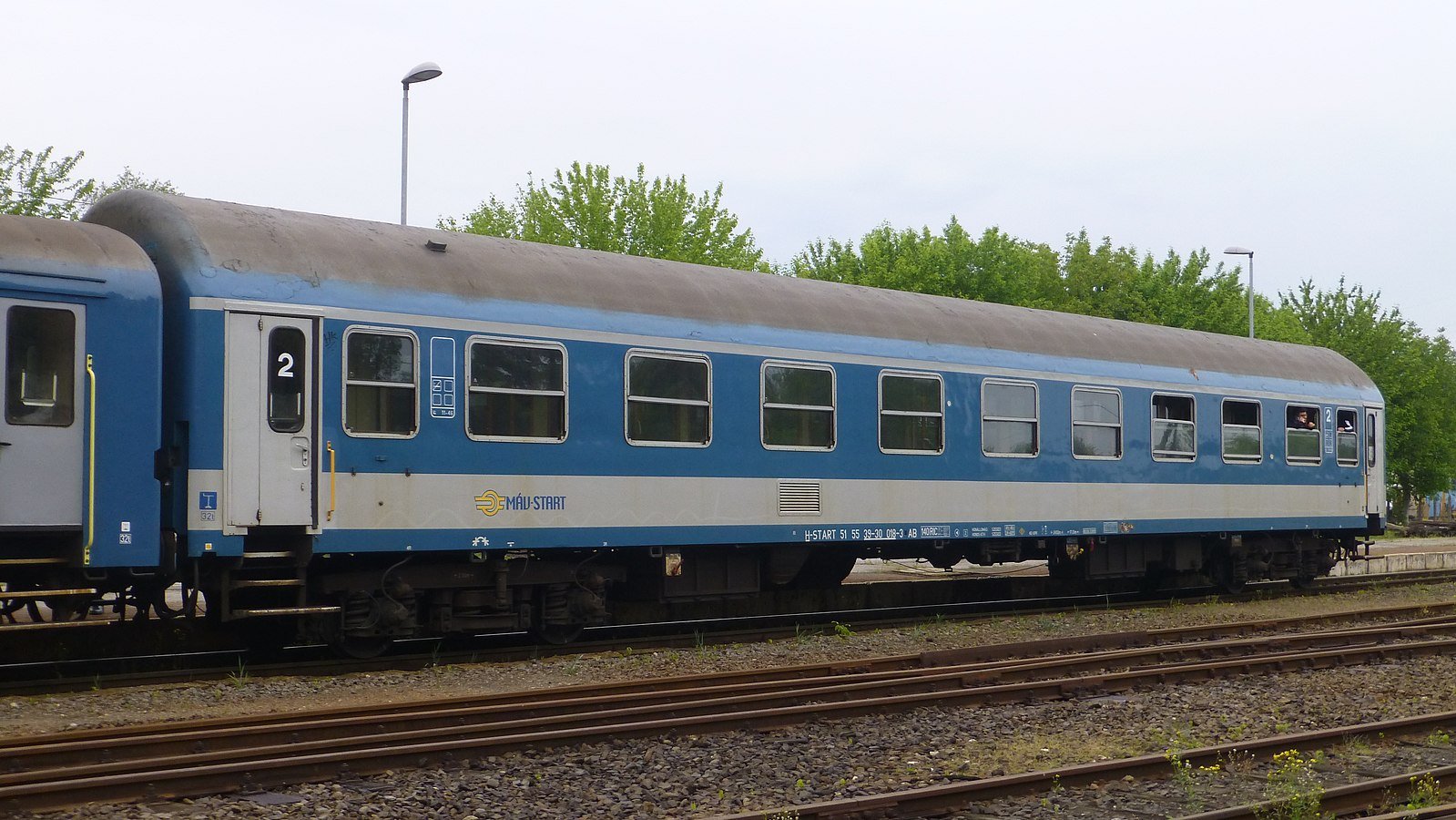Beating the Busz: A Tale of Conquering Travel Fears
I like to think I’m relatively bold when it comes to exploring the world and stepping outside my comfort zone. But one mode of transportation in Hungary continues to be my Everest, intimidating me at every turn. That mode is the bus – or in Hungary, busz.
Credobus Inovell 12 type buses in Győr (via: magyarnemzet.hu)
But first, the MÁV
I’m not unique in being an American who loves a European train. It’s such a fun experience for those of us who (at best) have Amtrak’s Northeast Corridor in our history, having paid through the nose to travel at basically the same speed as a car up and down I-95. Here (as in Europe in general), train travel is far more affordable and accessible – and the views through the countryside provide a fleeting snapshot of life that air travel hops over.
But I’ll be honest. For me, train travel is also an exercise in avoidance. Apps and websites have an English option, as do the ticket machines inside stations. If you don’t want to, you can conduct an entire journey without having to utter or understand a word of Hungarian.
Train ticket machines in Hungary (via: Szegedify)
I’m not proud of it. But sometimes this is exactly why I opt for train over bus in Hungary. I want to give my brain a rest.
The catch however is that, unfortunately, the MÁV – Hungary’s state-owned rail company – has seen better days. Long suffering from a lack of investment, it has an aging fleet (many trains are 40-50 years old) moving along rails that are lopsided in terms of maintenance. That translates to delays at best, a total lack of options at worst. For many destinations in Hungary, MÁV simply does not go there – several routes have been cut in recent years.
Main series car of MÁV-Start Zrt. AB as part of train number 7703 at Szeged-Rókus station (via: Wikimedia Commons)
The long and short of it is that if you want to get to or from Budapest, the train will serve you fine. To go most anywhere else, odds are the bus is a competitive if not better option. And in some cases, it is the only option.
Enter Volánbusz
The Hungarian public transport company Volánbusz oversees a fleet of more than 6,000 buses serving more than 16 million “flights” (the word it uses for its journeys, which I love) per year. In most cases, the buses are relatively new and comfortable. One stressor is that they don’t have restrooms on board – even for longer distances – and so I advise restraint with your beverage. (They will make bathroom stops. And in most cases the public toilet at the bus station is paid – so be sure you have a few hundred Forints handy in change.)
The bus station in Makó, designed by Makovesz Imre (Photo: Julie Strickland)
But my chief fear with Volánbusz is that in many cases, you must purchase your ticket from the driver. The company doesn’t have an app. (MÁV does. It isn’t great, but it exists.) Volánbusz does have a website, and SOMETIMES you can purchase a ticket online – but sometimes, for reasons I haven’t entirely been able to discern, you cannot. And if your destination requires making connections or otherwise being a little bit route-flexible, you’ll definitely need to purchase on the spot from a human.
To be clear, there is nothing inherently scary about Volánbusz drivers. Quite the contrary in fact. In my experience, they have been consistently kind and jovial. In some cases, they’ve even been visibly pleased that I’m out there trying to explore Hungary.
But they rarely speak English. Which means you’ll need, at minimum, to accomplish the following:
Tell them – in Hungarian – where you’d like to go.
Understand numbers well enough to comprehend how much the driver tells you the ticket costs.
Say thank you.
The funny thing is that step 1 – which seems like it should be the easiest – is grammatically the hardest. Begin dipping a toe into the Hungarian language and you’ll quickly find out why.
A Magyar utótag: The Hungarian suffix
Unlike English or French or Spanish, in which it’s relatively easy to say “to [city]” with that simple preposition + noun combo, in Hungarian you’ll instead tack a suffix onto the end of your destination to indicate where you will be going. And that suffix is infuriatingly inconsistent, because of something called vowel harmony.
If you’re going to Szeged, it is “Szegedre” (literally, “to Szeged”). “To Budapest” is likewise constructed with re: “Budapestre”. But if you’re going to my home Orosháza or Gyula – both of which end with an a – you would say “Orosházara” and “Gyulára”. “To Makó” is “Makóra”. But if your destination is Debrecen, it’s “Debrecenbe”.
And this, dear reader, strikes fear within my heart. I guess the reality is that my nemesis isn’t actually the busz. Rather, it is the Hungarian suffix.



